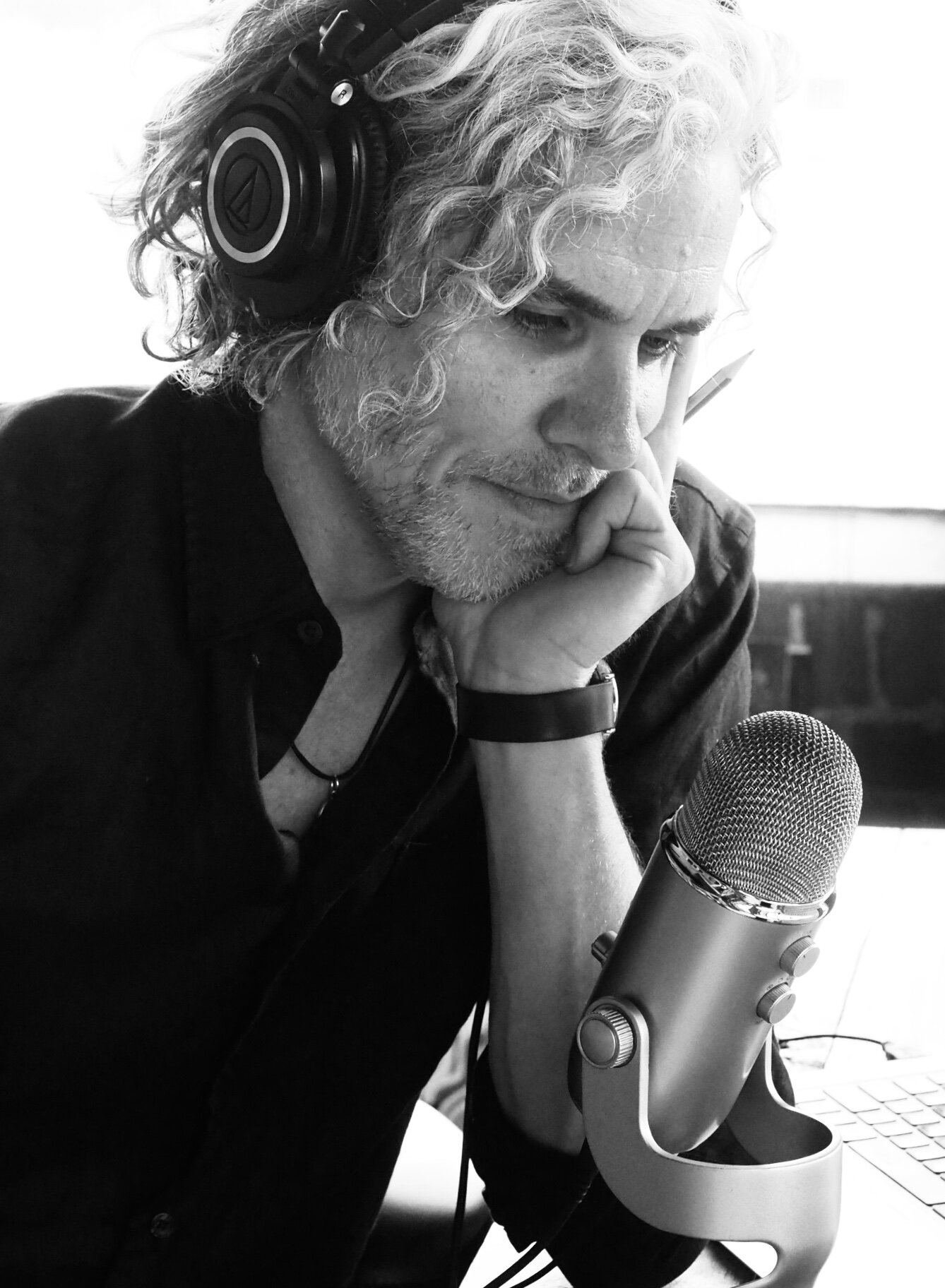Joyce Carol Oates brilliantly opines about our obsession with meaning through a reflection of various artists, writers, and photographers in their pursuit of purpose through inspiration. Though I hate to take Joyce's conclusion out of context, it is solid enough to stand on its own:
Without the stillness, thoughtfulness, and depths of art, and without the ceaseless moral rigors of art, we would have no shared culture—no collective memory. As if memory were destroyed in the human brain, our identities corrode, and we “were” no one—we become merely a shifting succession of impressions attached to no fixed source. As it is, in contemporary societies, where so much concentration is focused upon social media, insatiable in its fleeting interests, the “stillness and thoughtfulness” of a more permanent art feels threatened. As human beings we crave “meaning”—which only art can provide; but the social media provide no meaning, only this succession of fleeting impressions whose underlying principle may simply be to urge us to consume products.
Last night, while reading George Wallis Field's biography of the German writer Herman Hesse, I stumbled across a similar sentiment in Field's critique of my favorite Hesse book Narcissus and Goldmund:
As the years pass Goldmund's adventures suggest suggest two related themes: the awareness of transience, especially in the relationship of love and death, and secondly, his awakening to the power of art to stamp eternity on the ephemeral phenomena of the senses [italics mine].
